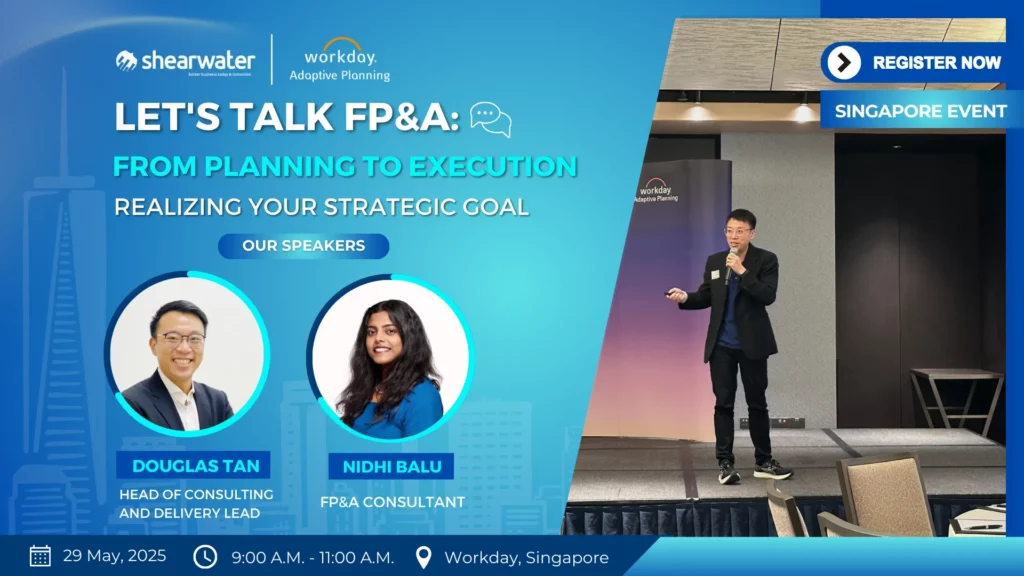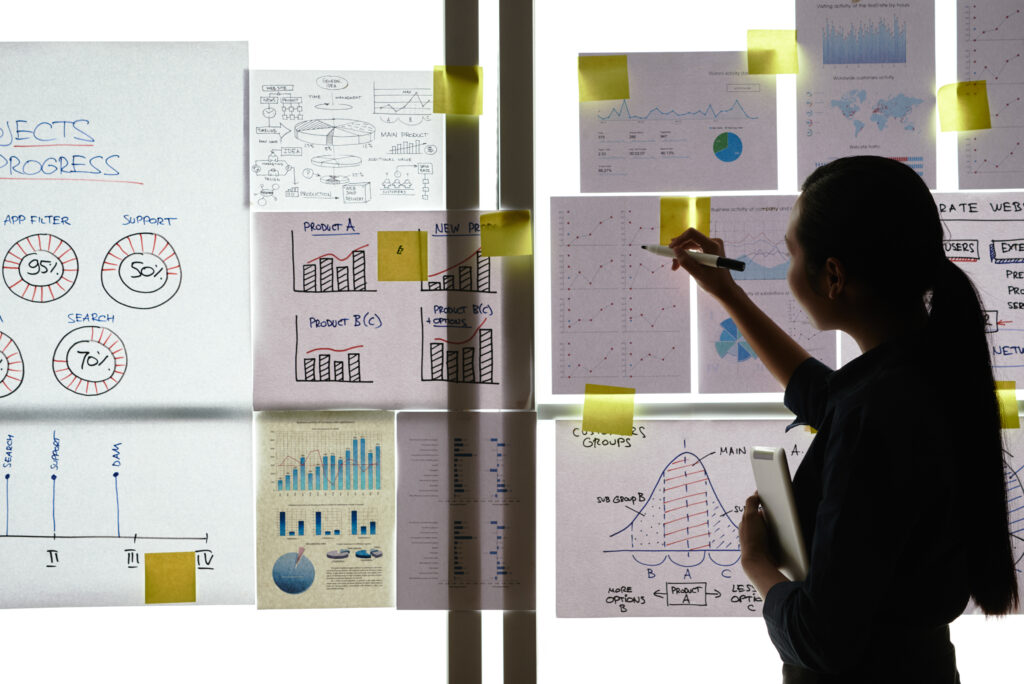Table of Contents
Scenario modelling. A new buzzword, or something we should have adopted long ago?
Economic whiplash. Policy swings. Shifting expectations in how, where, and why people work. This is the climate in which workforce planning now operates. Gone are the days when organisations could map out headcount projections with quiet confidence and a neat spreadsheet. Volatility isn’t a passing storm; it’s the atmosphere.
When decision-making is delayed or driven by gut reactions, the consequences are tangible: missed hiring windows, bloated costs, disengaged teams, and a scramble to backfill roles that should never have been vacated in the first place. Uncertainty, when left unmanaged, doesn’t just slow progress—it erodes it.
This is where scenario modelling proves its value (not as a theoretical exercise) but as a practical, strategic tool. By exploring a range of future possibilities, organisations can better prepare, adapt, and respond to whatever comes next. It’s not about predicting the future.
Scenario modelling doesn’t claim to tame the chaos. What it offers is something far more valuable: the ability to move forward with clarity, even when the ground keeps shifting.
The Challenge: Workforce Volatility in Uncertain Times
Workforce volatility is no longer a risk confined to the margins. It is defined by rapid, often unpredictable changes in labour demand and supply, driven by a mix of external forces: market swings, technological disruption, regulatory changes and internal pressures such as attrition, emerging skills gaps, and evolving business models.
The effects are not abstract. They manifest in real and immediate ways:
- Sudden policy shifts — New tariffs or regulatory changes can reshape supply chains overnight, upending workforce needs across regions and functions.
- Infrastructure failures — Blackouts, cyberattacks, and other disruptions can bring operations to a standstill, leaving critical roles unsupported.
- Economic slowdowns — A dip in consumer confidence or market contraction forces rapid workforce resizing, often with little warning.
- Talent shortages — Skills gaps widen as new technologies outpace traditional workforce development, straining the ability to fill key roles.
- Shifting customer demands — Changes in customer behaviour, from digital adoption to sustainability expectations, require immediate shifts in skills and team structures.
The human cost of this volatility is just as profound. Employees, already operating under pressure, can quickly become anxious or disengaged in environments marked by uncertainty.
Inconsistent communication, reactive hiring or layoffs, and unclear career pathways fuel confusion, lowering morale and increasing the risk of turnover at precisely the moment when stability is most needed.
Why Traditional Workforce Planning Falls Short
The traditional workforce plan has long been built on stability: forecast headcount, align to budget, and hire accordingly. It’s a model that assumes a relatively steady world. But in today’s climate, that assumption no longer holds.
Static planning relies heavily on single-point forecasts, often a ‘most likely’ projection rooted in past performance. In calm conditions, that might suffice. But in a volatile environment, it becomes a liability. One unexpected policy change, one missed economic cue, and the model begins to crack.
The problem isn’t just the plan itself. When disruption strikes, these models don’t bend; they break. Teams are left scrambling for ad-hoc solutions: emergency hires, abrupt restructures, or deferred initiatives that stall momentum.
More critically, without a structured way to anticipate multiple futures, organisations are stuck reacting to change instead of preparing for it. They trade foresight for firefighting. And in the process, they lose the opportunity to act strategically when it matters most.
Scenario-Based Workforce Planning: A Strategic Imperative
Scenario modelling is the practice of envisioning multiple plausible futures and mapping the workforce needs, risks, and opportunities within each. Rather than betting on a single forecast, it prepares organisations for a spectrum of possibilities—shifting the mindset from reaction to readiness.
At its core, scenario-based planning enables leadership teams to develop tailored strategies for different situations, whether navigating an economic downturn, adapting to a regulatory overhaul, or seizing opportunities created by technological breakthroughs. It builds the capacity to act with intent, not just urgency.
The process is structured but flexible:
- Assess the current workforce — Map existing skills, vulnerabilities, demographics, and organisational dependencies to establish a clear baseline.
- Define relevant scenarios — Identify critical uncertainties, such as market contractions, supply chain shifts, talent shortages, or regulatory changes, and construct a range of scenarios around them.
- Model impacts and responses — For each scenario, anticipate workforce implications: Where will skills be lacking? Where might roles become redundant? What new capabilities will be required?
- Identify gaps and resilience strategies — Develop action plans for upskilling, redeployment, or strategic hiring to strengthen adaptability across multiple futures.
- Embed iteration — Scenario modelling is not a one-off exercise. As new information and trends emerge, assumptions must be revisited, models refined, and strategies adjusted to stay ahead of change.
In an environment defined by uncertainty, the discipline of scenario planning is no longer optional. It is what separates organisations that survive volatility from those that turn it into an advantage.
Turning Insight into Action: The Role of Modern Planning Tools
Scenario modelling demands more than intuition. To be effective, it must be underpinned by robust data, sharp analytics, and the ability to turn complexity into clear, actionable insights. Without the right tools, even the best-laid scenarios risk becoming little more than theoretical exercises.
Modern platforms, such as Workday Adaptive Planning, are reshaping how organisations approach workforce planning in volatile environments. They provide the infrastructure needed to move from guesswork to informed, strategic action.
Specifically, they enable:
- Aggregation of workforce data and trends — Bringing together fragmented information—skills inventories, turnover rates, market benchmarks—into a single, coherent view.
- Visualisation and modelling of multiple scenarios — Testing different futures with ease, enabling leadership to see potential impacts, risks, and opportunities side by side.
- Identification of skills gaps and benchmarking against peers — Highlighting where capabilities fall short and where investment is most urgently needed to stay competitive.
- Prioritisation of upskilling and workforce investment — Focusing resources on the interventions that will have the greatest impact across multiple possible futures.
The value lies not just in the technology but in the shift it empowers. Workforce planning moves beyond static spreadsheets and reactive headcount adjustments to become a dynamic, data-driven capability—one that equips organisations to make confident, resilient decisions no matter how the landscape evolves.
Exclusive for Finance and FP&A Leaders





